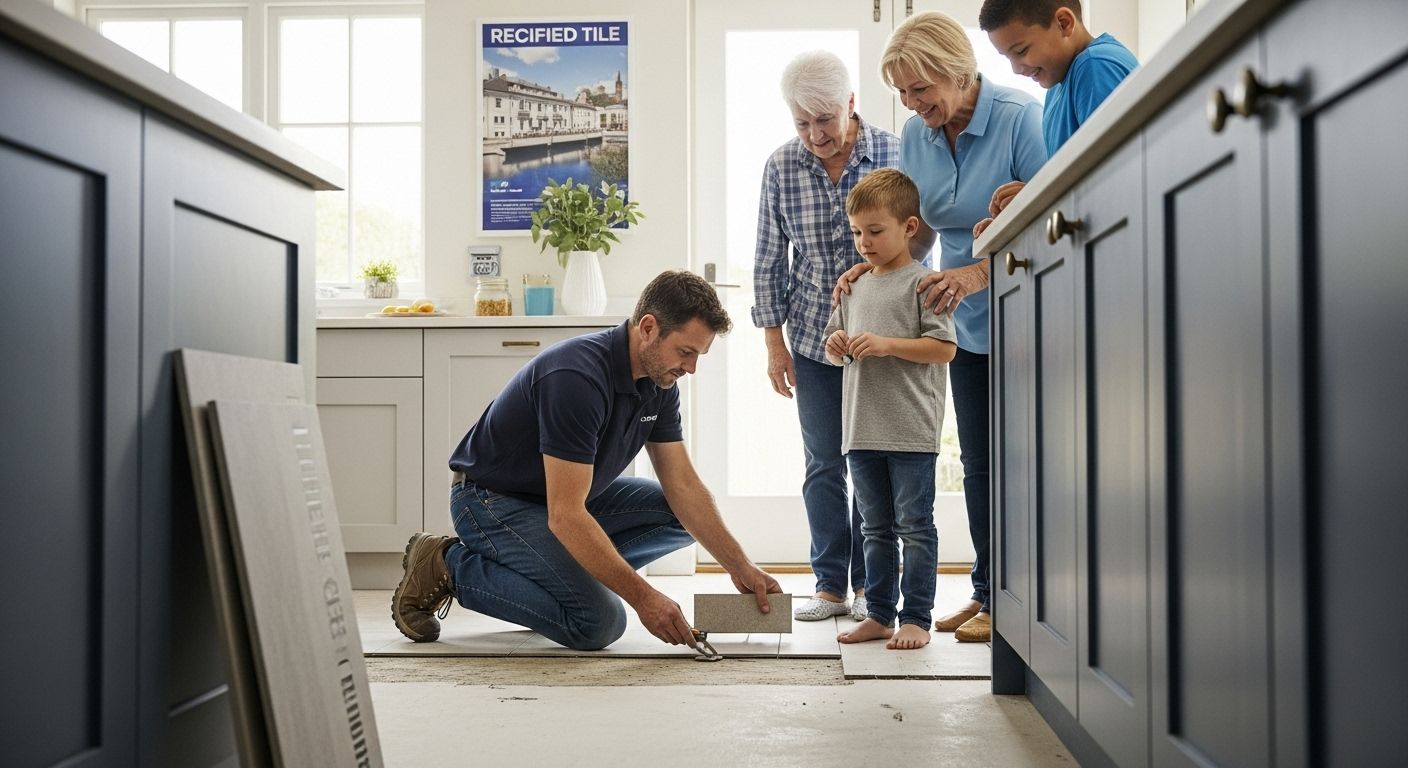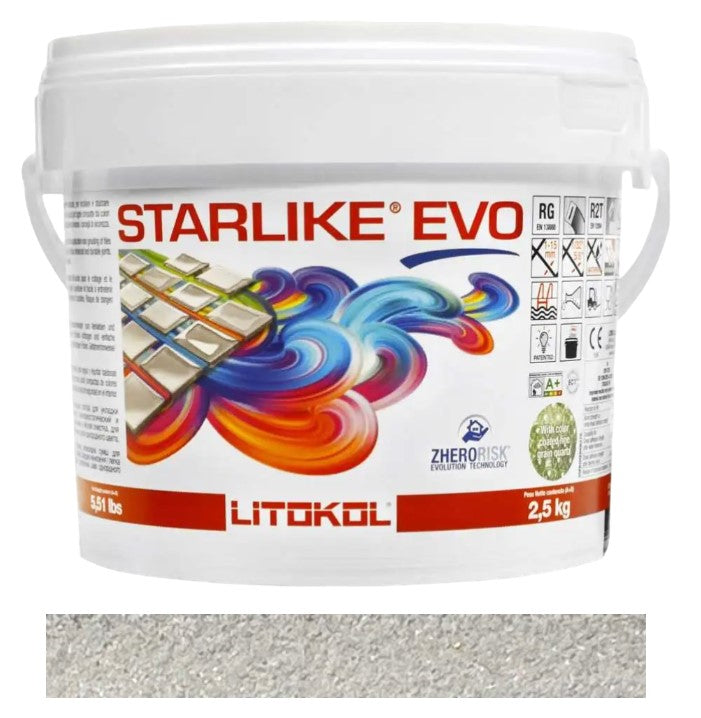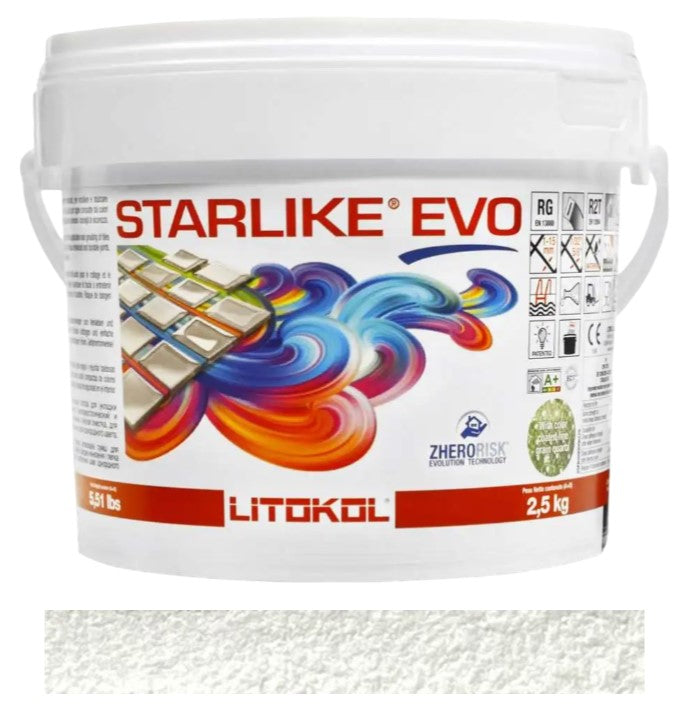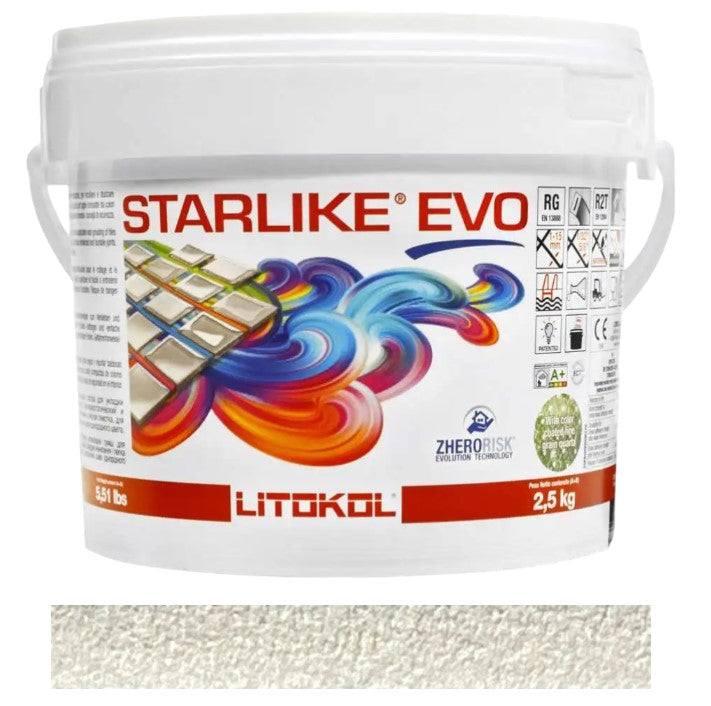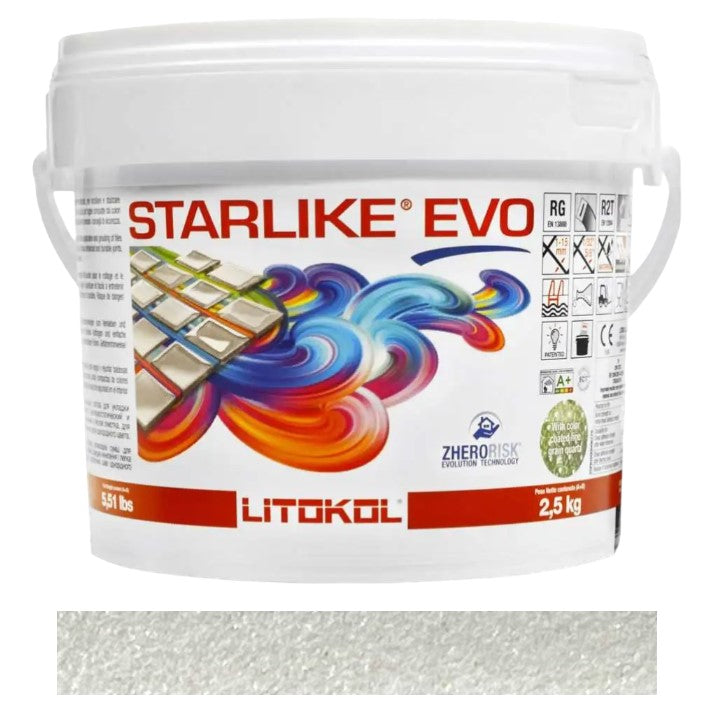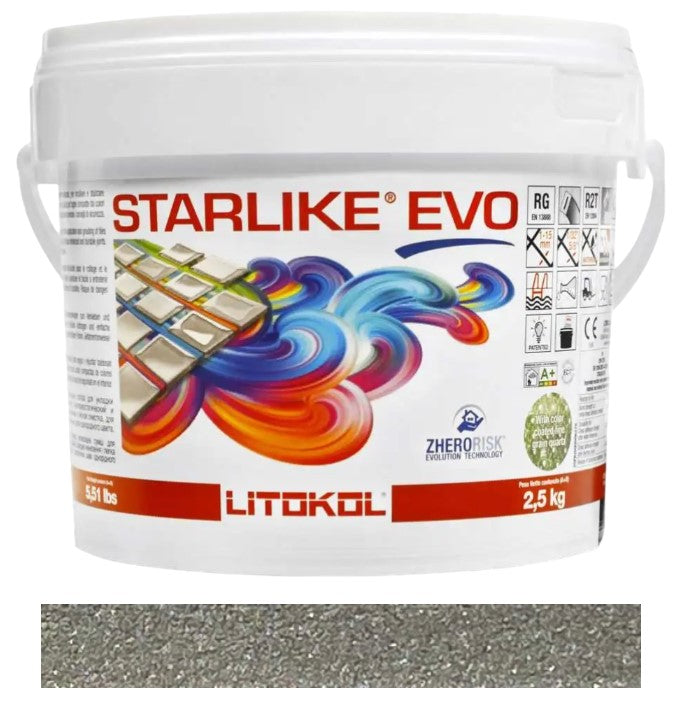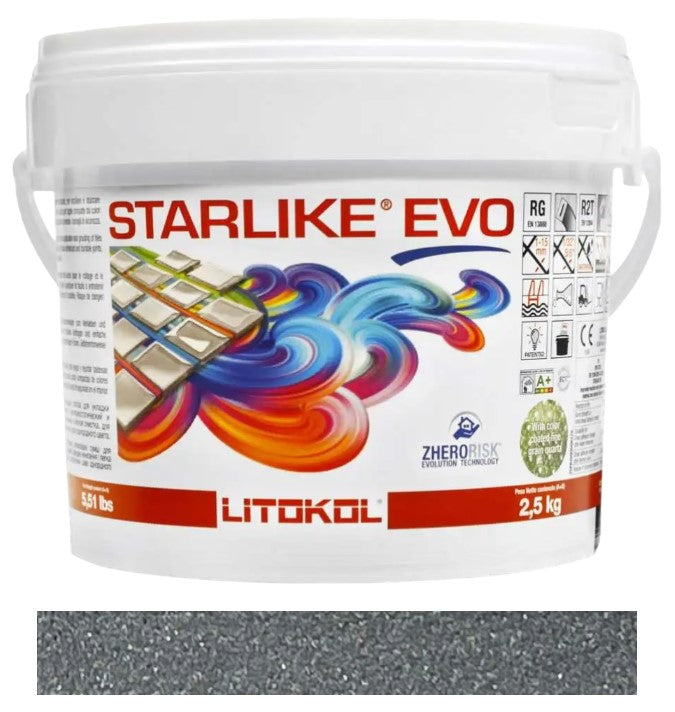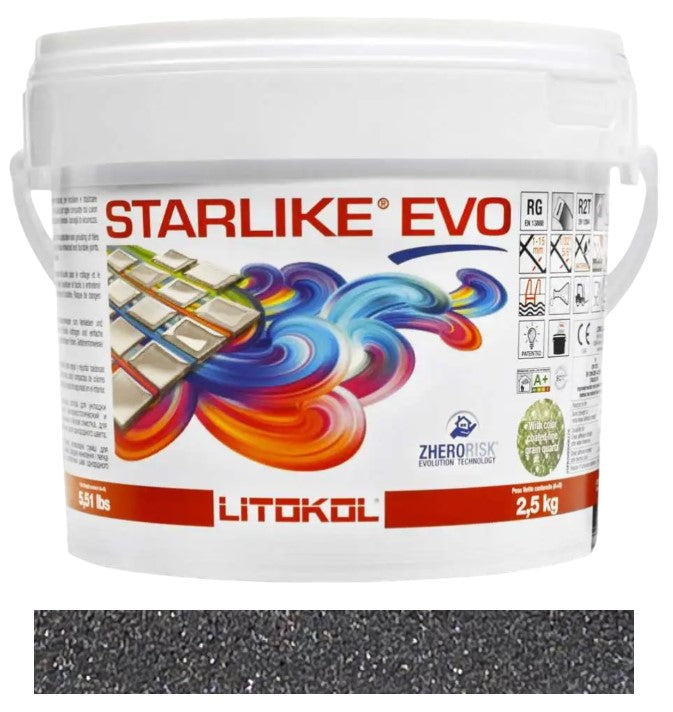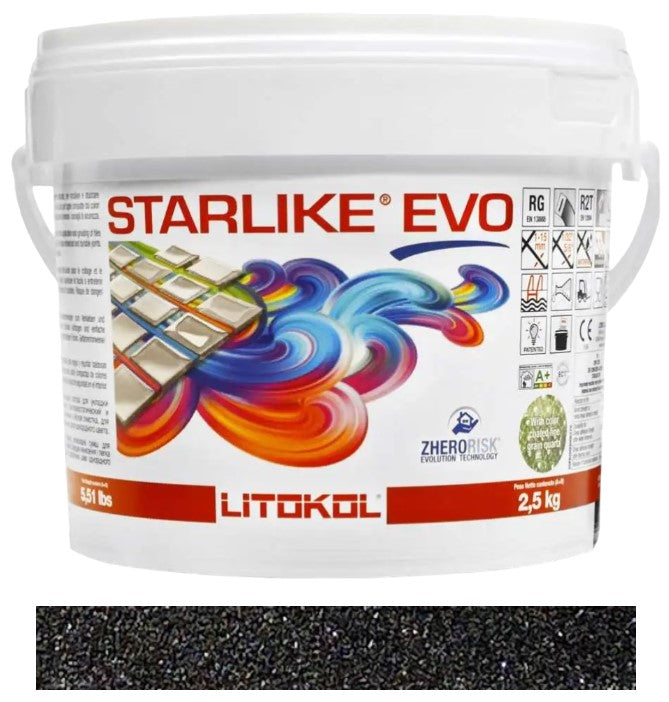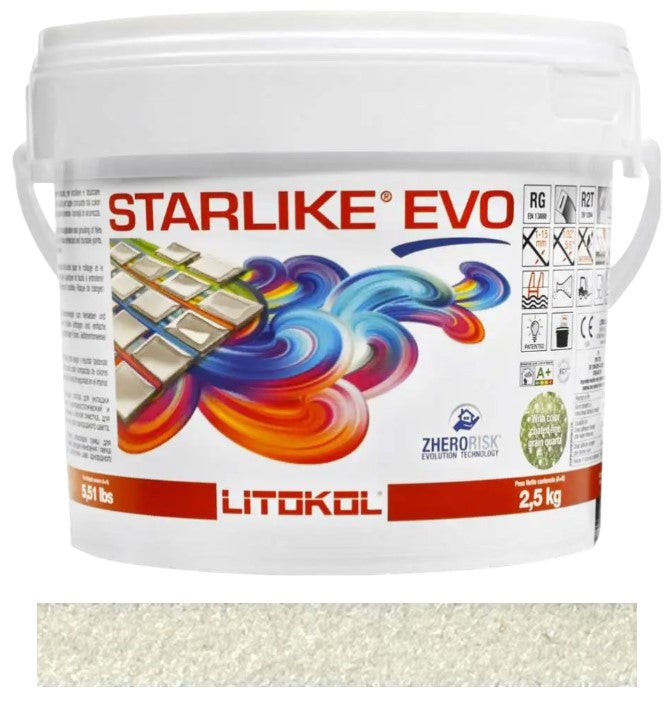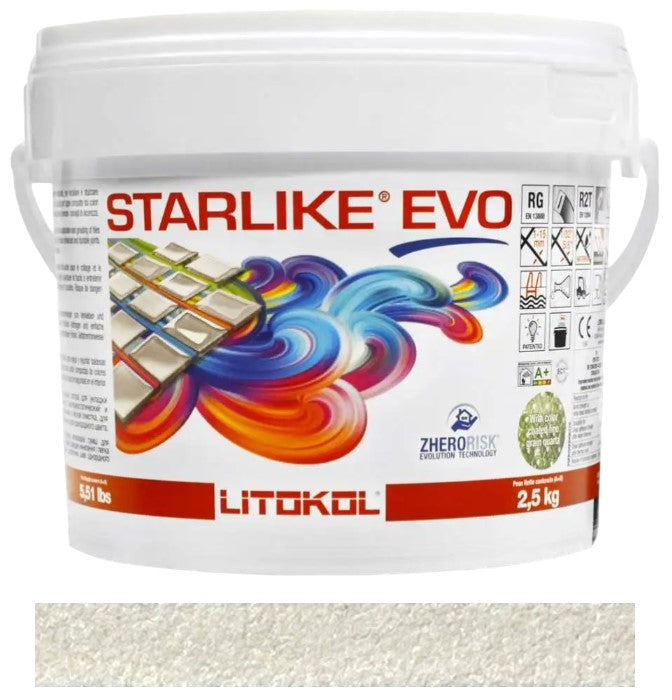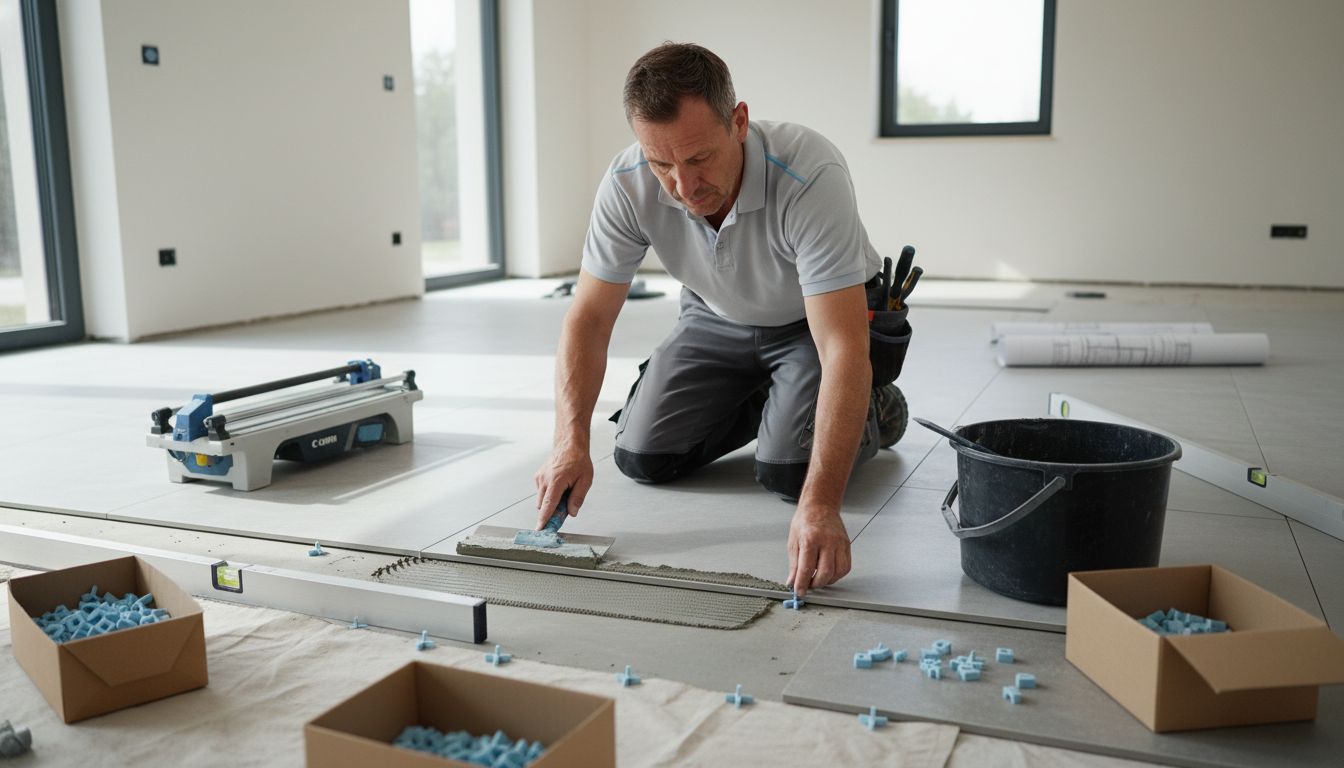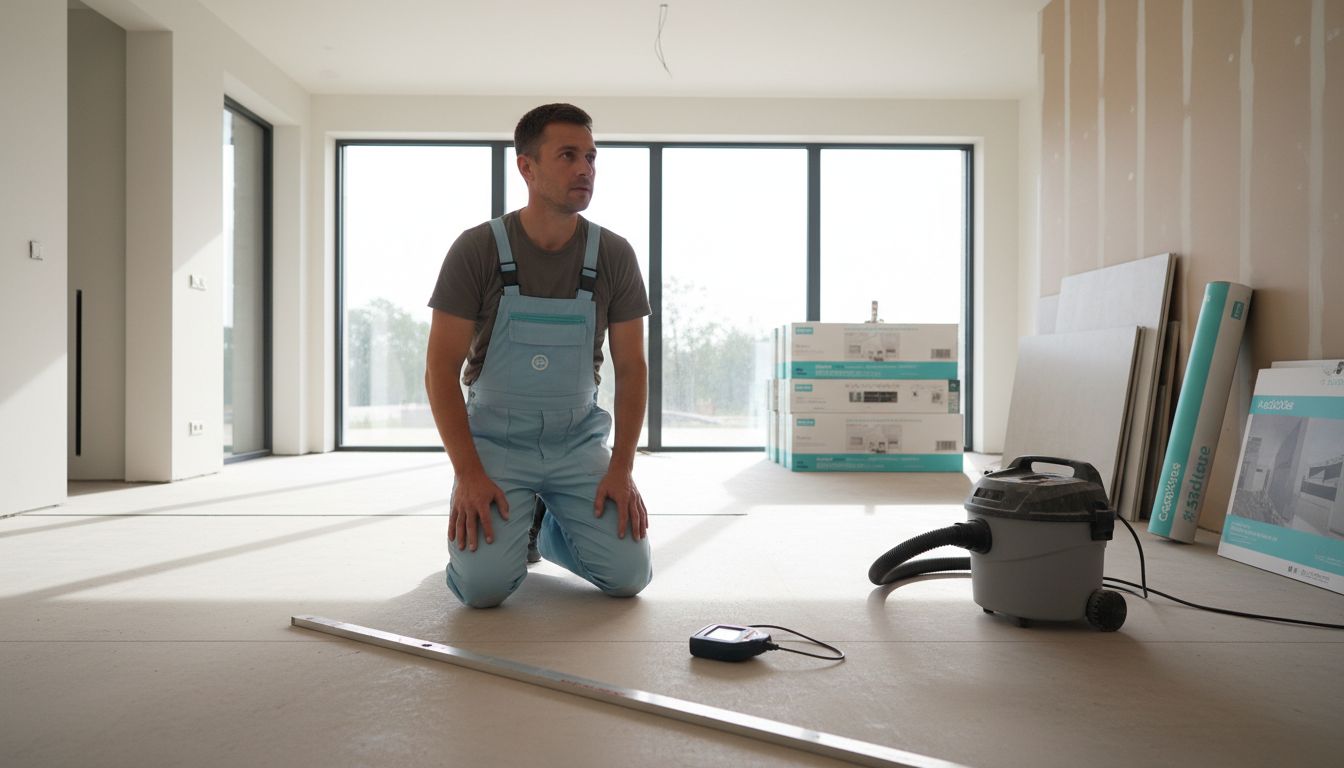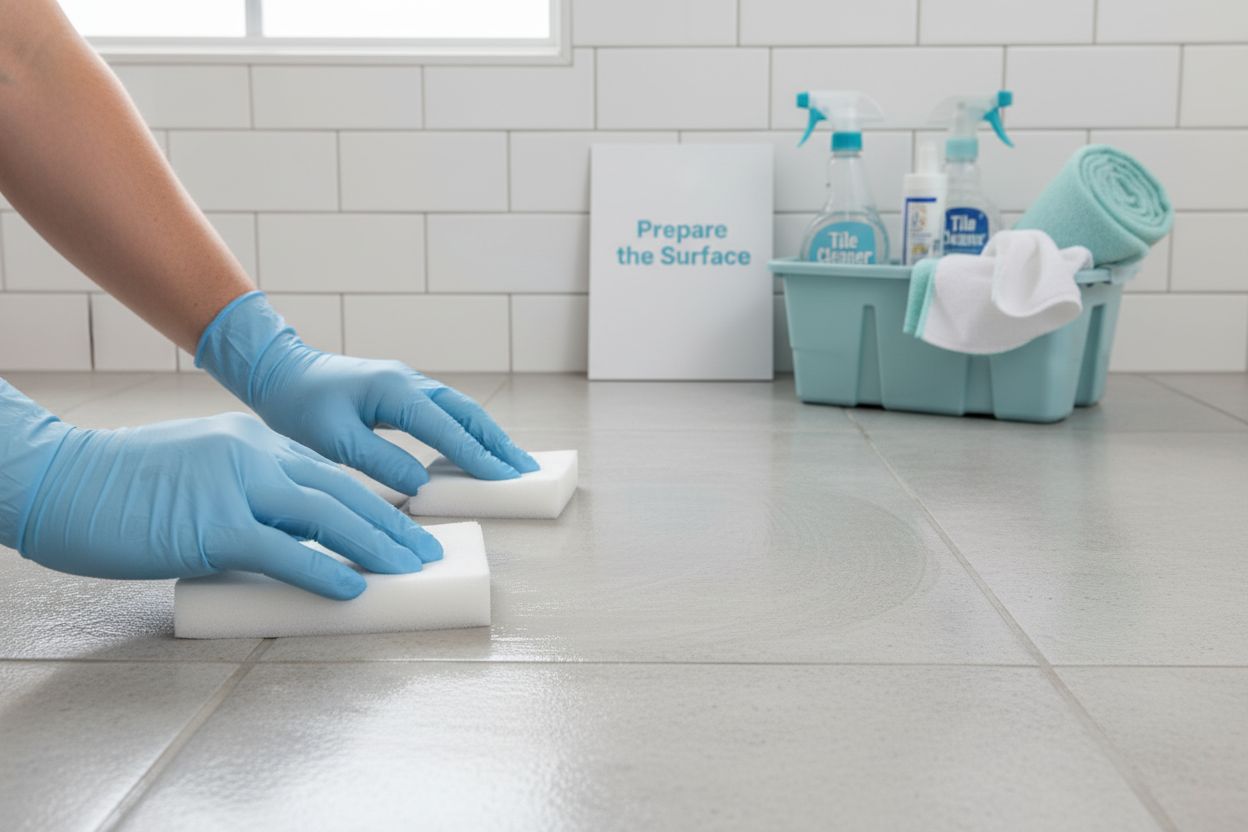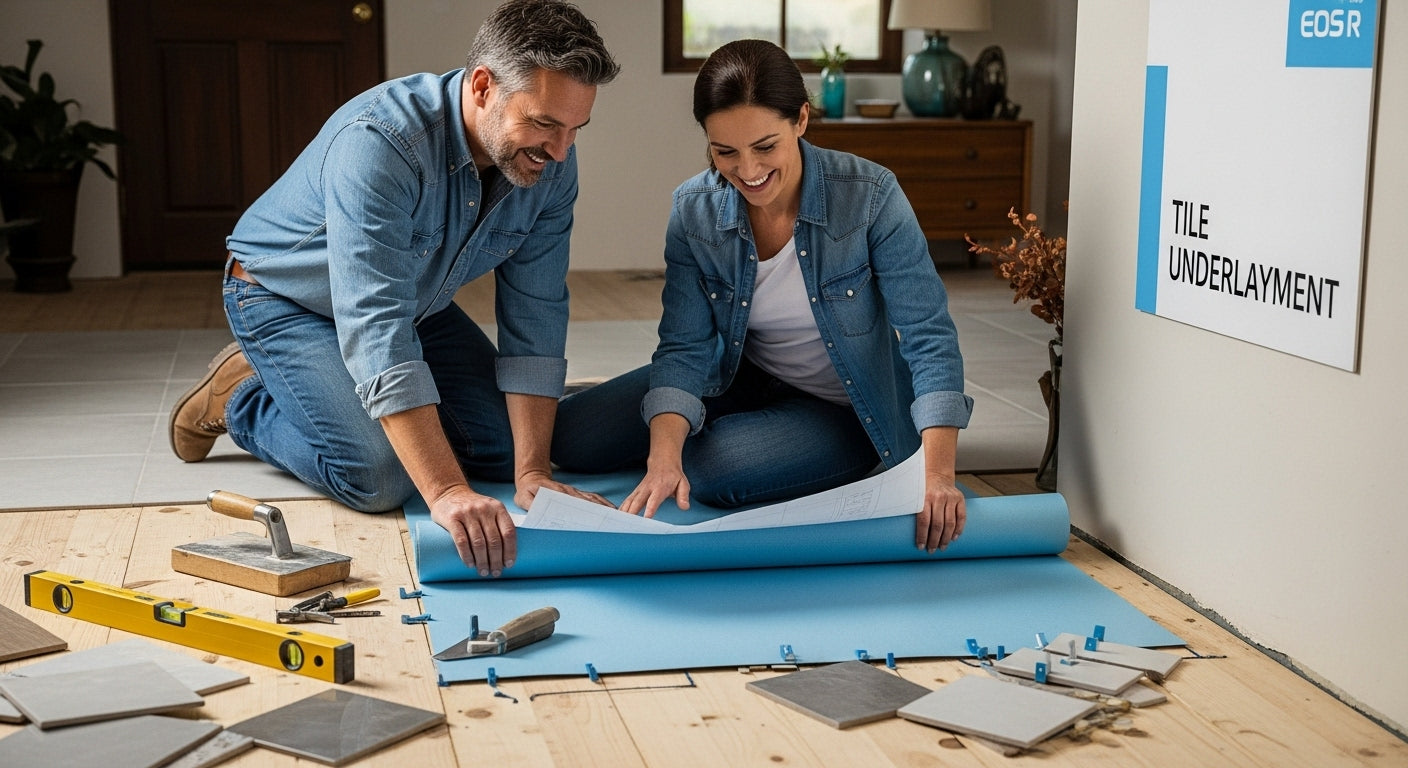Rectified tiles are quickly gaining attention in modern renovations for their crisp, ultra-precise edges and luxurious finish. Sounds fancy, right? Yet these tiles can come with grout lines as thin as 1/16 of an inch, a detail that seems almost too perfect for real-world installation. You might expect flawless results every time, but what really matters is not just the tile itself but the skill it demands—and what that means for your next project might surprise you.
Table of Contents
- Understanding What Is Rectified Tile
- Key Benefits And Drawbacks Of Rectified Tiles
- Where And How To Use Rectified Tiles
- Comparing Rectified Vs. Non-Rectified Tiles
Quick Summary
| Takeaway | Explanation |
|---|---|
| Rectified tiles offer precision and uniformity. | Their specialized manufacturing creates tighter grout lines and near-perfect edges, enhancing aesthetic appeal. |
| Installation requires expert skills and preparation. | Precise dimensions mean installers must be highly skilled to avoid visible errors during installation. |
| High cost is a significant consideration. | Advanced manufacturing processes result in higher prices compared to non-rectified tiles, affecting budget decisions. |
| Ideal for modern and elegant spaces. | Their seamless appearance is perfect for contemporary kitchens, bathrooms, and commercial areas, enhancing overall design. |
| Durability enhances long-term value. | Rectified tiles are made from high-quality materials resistant to wear and moisture, providing a lasting flooring solution. |
Understanding What Is Rectified Tile
Rectified tile represents a sophisticated tile manufacturing technique that offers homeowners and designers a precision-engineered flooring solution with exceptional aesthetic and functional qualities. Unlike traditional tiles, rectified tiles undergo a specialized post-production process that creates extraordinarily precise tile edges, enabling tighter and more uniform grout lines that dramatically transform interior spaces.
The Manufacturing Process of Rectified Tiles
Manufacturing rectified tiles involves multiple critical steps that set them apart from standard ceramic or porcelain tiles. After the initial tile production, manufacturers utilize advanced computerized cutting technology to precisely trim and calibrate each tile’s edges to near-perfect dimensions. This process ensures that every tile edge is cut at exactly 90-degree angles with minimal tolerance for variation.
The precision cutting happens through advanced laser or water jet technologies that trim tiles with microscopic accuracy. Each tile is systematically measured and cut to achieve uniform size, creating tiles with edges so precise that they can be installed with minimal grout lines sometimes as narrow as 1/16 of an inch. This extraordinary precision allows designers and homeowners to create seamless, almost monolithic surface appearances that traditional tiles cannot replicate.
Key Characteristics and Benefits of Rectified Tiles
Rectified tiles offer several remarkable advantages that make them increasingly popular in modern renovation and design projects. Uniform Appearance is perhaps their most significant benefit, as the precise cutting creates a clean, contemporary look with minimal visual interruption between tiles. The extremely tight grout lines create an almost continuous surface that can make rooms appear larger and more sophisticated.
Another crucial advantage is Installation Flexibility. Because rectified tiles have such precise dimensions, they provide installers with greater control during placement. This precision reduces potential alignment challenges and allows for more complex and intricate tile layouts. Designers can create elaborate patterns, geometric designs, and large-format tile installations with increased confidence in the final aesthetic outcome.
While rectified tiles typically cost more than standard tiles due to their advanced manufacturing process, they deliver exceptional value through their superior visual appeal and installation versatility. Homeowners and designers choosing rectified tiles invest in a product that offers a sleek, modern appearance with unparalleled dimensional consistency.
The versatility of rectified tiles extends across multiple applications. They work beautifully in contemporary residential spaces like kitchen backsplashes, bathroom walls, and living area floors. Commercial environments also benefit from their durability and precision, making them an excellent choice for high-traffic areas that demand both aesthetic elegance and functional performance.
Understanding what is rectified tile means recognizing a technological advancement in tile manufacturing that prioritizes precision, visual continuity, and design flexibility. By transforming traditional tile production methods, rectified tiles provide a sophisticated solution for those seeking a truly refined and contemporary surface treatment.
Key Benefits and Drawbacks of Rectified Tiles
Rectified tiles represent a sophisticated flooring solution that offers both significant advantages and potential challenges for homeowners and design professionals. Understanding the comprehensive landscape of these precision-engineered tiles helps make informed decisions about their implementation in various residential and commercial spaces.
Remarkable Advantages of Rectified Tiles
Rectified tiles deliver exceptional aesthetic and functional benefits that set them apart from traditional tile options. Visual Continuity stands as their most compelling advantage, creating seamless surfaces that transform interior environments. The microscopic precision of these tiles allows for incredibly tight grout lines, sometimes as narrow as 1/16 of an inch, which produces an almost monolithic appearance that makes spaces feel larger and more sophisticated.
Installation flexibility represents another significant benefit. Contractors and designers appreciate the precise dimensional consistency that enables complex layout patterns and intricate designs. These tiles can be installed with remarkable accuracy, reducing alignment challenges and allowing for creative geometric configurations that traditional tiles cannot achieve. Large format tile installations become dramatically more feasible with rectified tile technology.
Durability is another notable strength. The advanced manufacturing process that creates rectified tiles typically involves high-quality ceramic or porcelain materials processed with stringent quality controls. This means the tiles often demonstrate superior resistance to wear, moisture, and potential cracking compared to standard tile options.
Potential Limitations and Considerations
Despite their impressive qualities, rectified tiles are not without drawbacks that potential users should carefully consider. Cost emerges as the most significant barrier. The precision manufacturing process requires advanced technological equipment and meticulous quality control, which translates to higher production expenses. Homeowners can expect to pay substantially more for rectified tiles compared to standard ceramic or porcelain alternatives.
Installation complexity presents another potential challenge. While rectified tiles offer remarkable precision, they simultaneously demand exceptional skill from installers. The tight grout lines and precise alignment requirements mean that even minor installation errors become immediately visible. Professional installation becomes almost mandatory, further increasing overall project costs.
Substrate preparation becomes critically important with rectified tiles. Unlike more forgiving traditional tile options, rectified tiles require an extremely level and smooth underlying surface. Any minor imperfections in the subfloor can create noticeable lippage or uneven tile surfaces, potentially compromising the entire installation’s aesthetic and structural integrity.
Maintenance represents another nuanced consideration. The narrow grout lines that create such a stunning visual effect can also become more challenging to clean and maintain. Specialized cleaning techniques and potentially more frequent maintenance might be necessary to preserve the tiles’ pristine appearance.
While rectified tiles offer remarkable benefits for those seeking a contemporary, precision-engineered flooring solution, they are not universally perfect. Careful evaluation of specific project requirements, budget constraints, and installation environment becomes essential. Homeowners and design professionals must weigh the aesthetic and functional advantages against potential limitations to determine whether rectified tiles represent the optimal choice for their unique space.
To help you quickly assess whether rectified tiles are right for your next project, here’s a summary table of the main advantages and disadvantages discussed above.
| Advantage / Limitation | Details |
|---|---|
| Visual Continuity | Creates seamless, almost monolithic surfaces with minimal grout lines. |
| Installation Flexibility | Precise cutting allows for complex patterns and geometries. |
| Durability | Made from high-quality, wear-resistant materials, often outperforming standard tiles. |
| Higher Cost | More expensive due to advanced manufacturing and necessity for expert installation. |
| Installation Skill Required | Demands professional-level preparation and accuracy; mistakes are easily noticeable. |
| Substrate Perfection Necessary | Requires very flat, smooth surfaces; surface imperfections can cause visible issues. |
| Grout Maintenance | Narrow grout lines may require specialized cleaning and regular upkeep to stay pristine. |
Where and How to Use Rectified Tiles
Rectified tiles offer remarkable versatility across multiple interior and exterior spaces, providing homeowners and design professionals with a sophisticated solution for creating seamless, contemporary environments. Understanding the optimal applications and strategic installation techniques becomes crucial for maximizing their aesthetic and functional potential.
Ideal Interior Applications
Interior spaces represent the primary domain where rectified tiles truly shine. Kitchen Environments emerge as particularly exceptional candidates for these precision-engineered tiles. Backsplashes and floor installations benefit immensely from the tiles’ ability to create virtually seamless surfaces. The tight grout lines and uniform appearance transform kitchen spaces into sleek, modern zones that feel more expansive and meticulously designed.
Bathroom renovations also present extraordinary opportunities for rectified tile implementation. Wall cladding and flooring installations can achieve a luxurious, spa-like aesthetic through the tiles’ clean lines and minimal visual interruption. Large format rectified tiles can make smaller bathrooms appear significantly larger by reducing visual fragmentation and creating a more continuous surface treatment.
Living areas and commercial spaces like reception zones, hallways, and open-plan environments can leverage rectified tiles to establish a sophisticated, contemporary design language. The tiles’ ability to create near-monolithic surfaces helps establish a sense of visual calm and architectural refinement.
Strategic Installation Considerations
Successful rectified tile installation demands meticulous preparation and professional expertise. Substrate Preparation represents the foundation of a successful implementation. The underlying surface must be extraordinarily level and smooth, with minimal variation. Professional installers typically recommend using self-leveling compounds and ensuring absolute flatness before tile placement.
Grout selection becomes critically important when working with rectified tiles. Epoxy-based grouts often provide the best results, offering superior color consistency and minimal porosity. Choosing grout colors that closely match tile tones can further enhance the seamless appearance, creating an almost continuous surface effect.
Installation techniques must prioritize precision. Specialized spacers and laser-guided alignment tools help maintain the microscopic tolerances that define rectified tiles. Professional installers typically recommend using the thinnest possible grout lines, sometimes as narrow as 1/16 of an inch, to maximize the tiles’ visual potential.
Consideration of tile size and room dimensions becomes crucial. Larger format rectified tiles work exceptionally well in spacious areas, while smaller formats might be more appropriate for compact spaces. The tile size should complement the room’s proportions to create a balanced, harmonious design.
While rectified tiles offer extraordinary design possibilities, they are not universally suitable for every environment. Spaces with significant substrate irregularities, extreme temperature fluctuations, or high moisture exposure might require additional engineering considerations. Consulting with professional designers and installation experts helps ensure optimal tile selection and implementation.

Rectified tiles represent more than just a flooring or wall covering solution. They embody a design philosophy that prioritizes precision, visual continuity, and architectural sophistication. By understanding their unique characteristics and strategic applications, homeowners and design professionals can transform interior spaces into remarkable, contemporary environments that celebrate technological innovation and aesthetic refinement.
Comparing Rectified vs. Non-Rectified Tiles
The world of tile selection presents homeowners and design professionals with critical decisions about surface materials, with rectified and non-rectified tiles representing two distinctly different approaches to flooring and wall treatments. Understanding the nuanced differences between these tile types enables more informed design choices that align with specific aesthetic and functional requirements.
Manufacturing and Dimensional Characteristics
Rectified tiles undergo a specialized post-production process that fundamentally distinguishes them from traditional non-rectified tiles. Precision Cutting represents the core differentiator, where advanced computerized technologies trim each tile’s edges to microscopic tolerances. Non-rectified tiles, by contrast, emerge from the manufacturing process with natural variations in size and shape, a result of traditional kiln firing techniques.
In non-rectified tile production, slight dimensional inconsistencies are inherent. Tiles may vary by several millimeters in length, width, and edge straightness. These variations necessitate wider grout lines to accommodate and conceal dimensional differences. Rectified tiles, however, are systematically cut to exact measurements, allowing for extraordinarily tight grout lines sometimes as narrow as 1/16 of an inch.
The dimensional precision of rectified tiles enables more complex and sophisticated design possibilities. Installers can create nearly seamless surfaces that appear almost like continuous material, a visual effect impossible to achieve with traditional non-rectified tiles. This precision translates into design flexibility that expands creative potential for residential and commercial spaces.

Installation and Aesthetic Implications
Installation approaches diverge significantly between rectified and non-rectified tiles. Grout Line Considerations emerge as a primary differentiator. Non-rectified tiles typically require grout lines between 3/16 to 1/4 inch wide to compensate for manufacturing variations. These broader grout lines create a more traditional, segmented appearance that breaks visual continuity.
Rectified tiles, with their precise edges, allow for minimal grout lines that create an almost monolithic surface appearance. This characteristic makes spaces feel larger and more contemporary. The tight grout lines also reduce potential dirt accumulation points, offering potential maintenance advantages over traditional tile installations.
Cost represents another critical point of comparison. Rectified tiles generally command a higher price point due to the additional manufacturing processes and technological precision required. Non-rectified tiles remain more budget-friendly, making them attractive for cost-conscious renovation projects. However, the aesthetic and long-term performance benefits of rectified tiles can offset their initial higher investment.
Performance characteristics also differ subtly between these tile types. Rectified tiles typically demonstrate more consistent wear resistance and dimensional stability due to their precise manufacturing. Non-rectified tiles might exhibit more variability in long-term performance, potentially showing more signs of wear and potential lippage over extended periods.
Choosing between rectified and non-rectified tiles involves carefully evaluating project-specific requirements. Factors like budget, design aesthetic, installation environment, and long-term performance expectations all play crucial roles in making an informed selection. While rectified tiles offer remarkable precision and contemporary appeal, non-rectified tiles continue to provide valuable options for diverse design scenarios.
The table below offers a side-by-side comparison of rectified vs. non-rectified tiles, summarizing their key differences based on information in this section.
| Feature | Rectified Tile | Non-Rectified Tile |
|---|---|---|
| Edge Finish | Precisely cut, 90° edges | Natural, varied edges |
| Size Consistency | Near-perfect, minimal variation | Slight variations common due to kiln firing |
| Typical Grout Line Width | As narrow as 1/16 inch | 3/16 to 1/4 inch |
| Seamlessness | Extremely uniform, contemporary appearance | More traditional, segmented look |
| Installation Skill Level | Requires skilled, professional installers | Easier DIY or standard installation |
| Cost | Higher (advanced manufacturing) | Lower (traditional manufacturing) |
| Application Suitability | Modern/commercial, high-end residential | Budget-friendly or traditional design |
| Maintenance Considerations | Narrow grout lines—can be harder to clean | Wider grout—potential for more dirt accumulation |
Ultimately, both tile types represent valuable solutions in the broad landscape of surface materials. Understanding their unique characteristics empowers homeowners and design professionals to make selections that perfectly balance aesthetic vision, functional requirements, and budgetary constraints.
Frequently Asked Questions
What are rectified tiles?
Rectified tiles are ceramic or porcelain tiles that undergo a specialized manufacturing process to create precise edges and uniform dimensions, allowing for tighter grout lines as narrow as 1/16 of an inch.
What are the benefits of using rectified tiles in renovations?
Rectified tiles offer several benefits, including a seamless appearance with minimal grout lines, enhanced installation flexibility for complex layouts, and greater durability due to high-quality materials. They are ideal for modern and elegant spaces.
How do rectified tiles differ from non-rectified tiles?
Rectified tiles are cut to exact measurements, allowing for minimal grout lines and a more contemporary look, while non-rectified tiles have natural variations that typically require wider grout lines and can create a more segmented appearance.
What should I consider before installing rectified tiles?
Before installing rectified tiles, ensure a perfectly flat substrate, select appropriate grout to match the tile, and consider hiring a professional installer to avoid visible errors, as they require precise handling due to their tight grout lines.
Transform Precision Into Perfection With TileChoices.com
Do you want the flawless look that only rectified tiles can deliver but worry about getting seamless edges, tight grout lines, or the right style for your home? Choosing the wrong supplier or tile type can turn your project vision into extra costs and visible mistakes. At TileChoices.com, you can shop with confidence knowing every option is clearly described and backed by expert support. Take the risk out of renovations and explore the latest in rectified ceramic and porcelain designs that bring your modern space to life.

At TileChoices.com, you get more than just access to premium tiles ready for kitchens, bathrooms, and commercial use. Request samples, browse by finish or room, and receive guidance from real experts committed to your total satisfaction. Visit TileChoices.com now and discover hassle-free shopping that can make your renovation seamless, sophisticated, and built to last.

